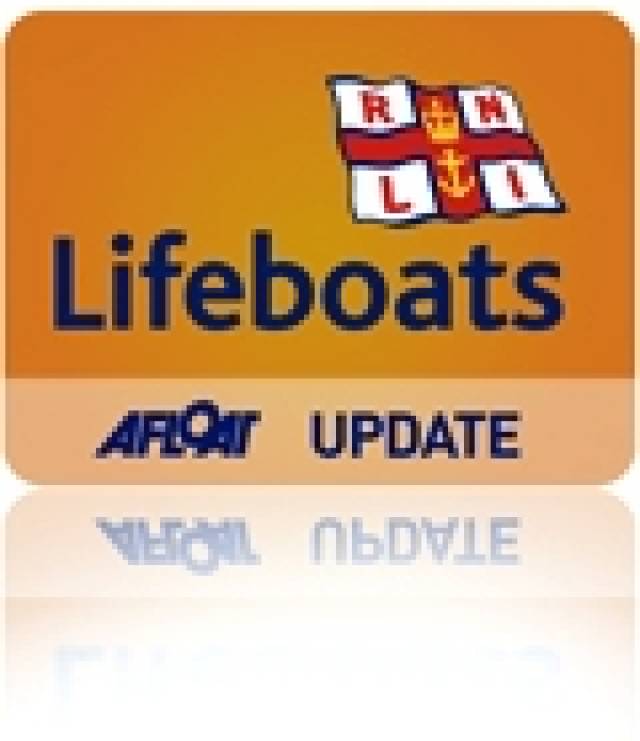#RNLI - It was the end of an era on Friday night 1 November as Wicklow RNLI held a retirement presentation to mark 46 years of service to Wicklow lifeboats by one of its greatest servants, Kit Dunne.
Dunne first became involved with the RNLI way back in 1966. Since then he has served with several different coxswains either as crew or, after taking up the post in 1993, as a deputy launching authority.
Well known in Wicklow Harbour as a pilot, Dunne even came to the aid of the pilot boat when he was aboard the lifeboat JW Archer as a crewman back in 1972.
The 18ft boat had engine failure and with a falling tide was in danger of drifting out to sea when the lifeboat launched to their aid.
Over a period of 27 years, Kit Dunne served the RNLI with distinction. In 1993 he retired from active service but hon secretary Kevin Desmond decided that his common sense experience and loyalty should not be wasted and he was invited to become a deputy launching authority, a position he held until his retirement at the end of last year.
At the retirement presentation, divisional operations manager Owen Medland lauded Dunne's service and dedication over so many years and presented him with a framed certificate of service.
Wicklow RNLI chairman and former coxswain Gerard Haughton also spoke very highly of his time serving with Dunne.
At the very special evening surrounded by family, friends and former colleagues, Dunne was presented with a framed memento of the two lifeboats he had served on, the JW Archer and the Annie Blaker, by Wicklow lifeboat operations manager Des Davitt, who praised him for his outstanding service to his community and the RNLI. He also thanked him for his help and counsel over the last 10 years.
Most important to Dunne was the painting presented to him by his peers. The beautiful artwork, by local artist Pat Dover, was presented by coxswain Nicky Keogh, second coxswain Ciaran Doyle and station mechanic Brendan Copeland on behalf of the crew.
They spoke of the knowledge and experience Dunne has passed down to the new crewmembers over many years. Meanwhile, his son, Kit Jr, told of his pride in his father, who not only served his community but is also a great father and family man.
Kit Dunne thanked all present and told of his great pride in serving such a great organisation as the RNLI. He left the stage to a standing ovation.
In 2005 Dunne was awarded the silver statuette by the RNLI for his service to the institution, but it was clear on the night that he needed no awards or presentations, as his greatest reward was to have served with so many selfless and courageous people over so many years.































































